#sheetrockalternatives
Text
Drywall Alternatives: Pros and Cons of Popular Choices
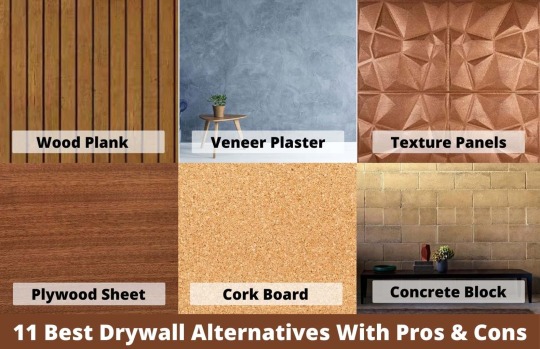
A drywall alternative is any material that can be used instead of traditional drywall, which is a type of wall and ceiling panel made of gypsum plaster sandwiched between two layers of paper.
Drywall is a common building material used in residential and commercial construction because it is relatively inexpensive, easy to install, and fire-resistant.
However, there are situations where drywall may not be the best choice, such as in areas with high moisture or humidity, or where a different aesthetic is desired.
In those cases, a drywall alternative can be used. Some examples of drywall alternatives include wood paneling, plywood, cement board, metal panels, fabric panels, and plaster.
The choice of which material to use will depend on factors such as budget, durability, aesthetics, and ease of installation.
11 Different Drywall Alternatives
1. Wood Planks

Wood Plank
Wood planks are an age-old drywall alternative, and certainly stood well the test of prolonged duration. It gives an elegant and rustic feel to the home without much bothering for maintenance issues as against traditional drywall.
Pros
- There is no need to maintain it apart from keeping them dry, once the plank has been hung, especially if planks are sealed with a light lacquer finish that can be easily wiped to remove the marker.
- Gives the flexibility of a lot of variety due to the different availability of woods and finishes.
- It is a cost-effective drywall alternative, especially suited to country-style homes.
- Wood planks covered from floor to ceiling can pull off a cabin aesthetic easily.
- Easy to install.
- Washable.
- Suitable for high moisture areas.
Cons
- Honestly, it is out of style in the 1990s.
- Wood plank walls won’t be the best fit unless the bottom half is covered and protective chair rails are installed.
Read More: What Is Gabion Wall | Gabion Retaining Wall | Gabion Basket Wall | Gabion Basket Retaining Wall | Gabion Wall Construction
2. Veneer Plaster

Veneer Plaster
Veneer plaster is almost like mudding the entire surface of the wall. It is very similar to the stucco that is used on the exterior of the house along with wire mesh of any type.
Usually, this style of décor is found in dry states(desert areas) like Arizona and Rajasthan possessing the influence of Mexican-style adobe architecture.
Pros
- Simpler to use than traditional drywall as it doesn’t require as many skills or tools as hanging traditional drywall does.
- Lighter
- Cost-effective
Cons
- Although it is not difficult practically it can take up the whole day to get the job done. So, it is proven to be the most laborious and time-consuming drywall alternative.
- Less durable
3. Lath & Plaster
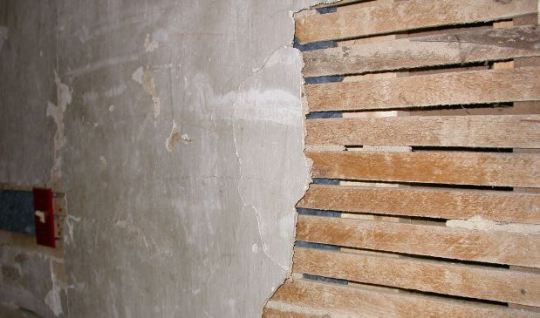
Lath and Plaster
Lath is a narrow strip of wood installed horizontally between studs or ceiling joists. Lath & Plaster consists of plastering the lath.
This is similar to medieval-style (middle-aged architecture) wattle and daub (a material consisting of a network of interwoven sticks and twigs covered with mud or clay). Wood, hand-split timber, newer rock, or metal can be used as lath.
Pros
- Gives an elegant aesthetic due to its non-flat walls or curvy surface nature in the corner of the room, which isn’t possible in other methods except stucco.
- Plaster incorporating the horsehair gives a stronger and more visible texture to the surface.
Cons
- Can look great by adding some texture to the wall but it is out of favor due to advancements in plasterboard and drywall.
4. Plywood and Sheet Wood

Plywood and Sheet Wood
Plywood and sheet wood, are fairly straightforward to work, and less complicated than drywall.
Pros
- The cheapest drywall alternative to drywall without taking on the expenses of wood planks, veneer, or drywall.
- When coupled with certain types of wall decoration especially surfaced sheet wood can pull off a deep country feel.
- Can be colored as per convenience.
- Lightweight and water-resistant.
Cons
- Unlike drywalls, certain types of plywood do not have the access to more features like hanging decorations and moving them.
- It is very hard to cover mistakes through screw or nail holes.
- Not fire-resistant.
5. Texture Wall Panels
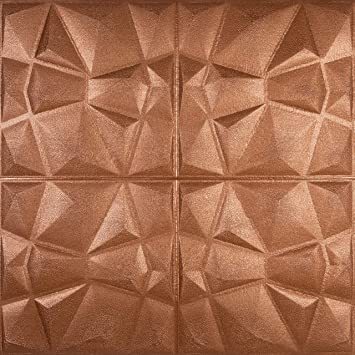
Wall Texture Panel
Texture wall panels are nothing but marble itself, which adds a lot of elegance and beauty to the home. Earlier its generally seen in hotels and expensive cocktail lounges.
It consists of 3D textured panels that are easy to install and can be placed right on top of your existing wall, possessing a thickness of 3/4” to 1.5”.
Pros
- Facilitate the different kinds of designs and colors, mimicking aged bricks as per one’s choice.
Cons
- Unique but expensive.
- Brick & Masonry
Read More: Precast Compound Wall Cost Calculator | Boundary Wall Construction Cost Calculator
6. Brick & Masonry
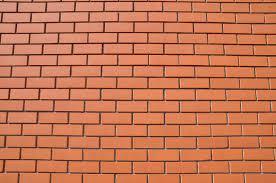
Brick Masonry
Stone or brick walls are the evergreen style of walls. Usually seen in suburban homes. It is also possible to have one brick wall along with three drywalls.
Pros
- Facilitates dynamic coloring depending on choices.
- Sustainable options that last without maintenance and cleaning except dusting.
Cons
- This is more expensive than all drywall alternatives and even costlier than drywall.
- Exposed Concrete Block
7. Exposed Concrete Block
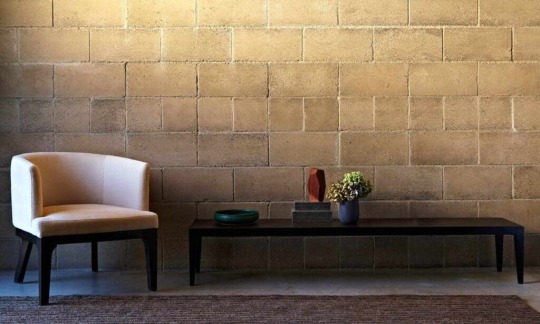
Exposed Concrete Block
The exposed concrete block is a raw, untouched finish, which means leaving the structural surface of the wall as it is.
Its beauty lies in the incompletion, which can be painted to achieve a textured panel look. In combination with modern décors such as glass and black furniture and high ceiling will ultimately give an amazing look.
Moreover, the arrangement of room furniture, light in the room, etc governs its aesthetic.
Pros
- Attractive
- Strong
- Durable
- Fire-resistant
Cons
- Tougher to decorate the exposed concrete wall frequently.
- Holds dirt and water.
- Possess minimal insulation properties.
8. Cement Board
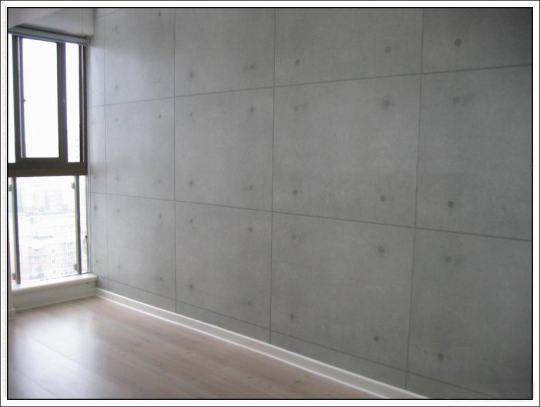
Cement Board
Cement board is similar to brutalist architecture as it possesses lots of right angles, flat surfaces, and concrete everywhere.
Pros
- Suitable in areas having high moisture.
- Use to visualize staircase pop.
Cons
- Price.
- If used on all four walls, it gives the feeling of a dystopian nightmare. So, it is recommended to use them for one wall out of four.
Read More: What Are Wall Texture | 10 Types of Wall Texture | Drywall Texture Types
9. Pegboard
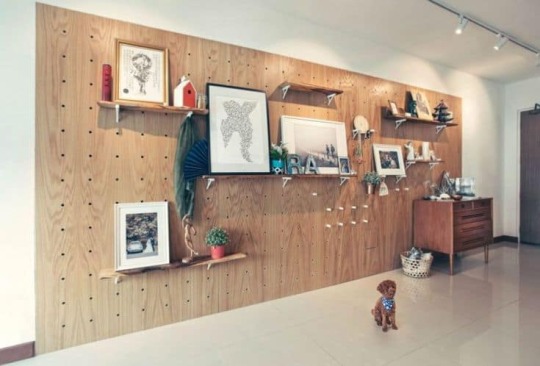
Pegboards
Pegboards are preferred in art rooms, hobby rooms, or garages.
Pros
- Easy to install, with the help of screws, that can be further painted of color same as of boards.
- Possesses lighting characteristics, i.e., the ability to double the brightness without installing any extra light fixtures.
- Facilitates the hanging of the heaviest as well as largest tools.
- Possesses the next level of strength, capable to support shelves.
Cons
- Huge weight can cause a meltdown and might fall off.
10. Cork Board

Corkboards Drywall Alternative
Corkboards are similar to pegboards with a limitation of incapability to support much weight.
Pros
- Facilitate a variety of choices due to hues of color, thickness, sizes of cork chip compressed, etc.
- Helps in scattering the light.
- Provide thermal and acoustic insulation.
- Fire and moisture resistance.
Cons
- Inadequate randomization of design across an entire wall.
- Capable to hang photos or thumbtack of lightweight.
- Not durable.
11. Wahoo Walls

Wahoo Walls
Wahoo walls are meant for covering a cinderblock or concrete basement wall. It looks similar to drywall. So, It become one of the simple drywall alternatives on the market.
Pros
- Moisture resistant.
- No need to screw in the walls.
- Easily removable panels.
- Fast installation.
- Breathable walls and ceiling.
- Good R-value.
Cons
- Expensive.
- No DIY option.
- No flooring.
- The walls have seams.
- Reinforced Fiberglass & Gypsum Panels
Read More: What Is Skirting | 12 Types of Skirting | Skirting In Construction | Skirting Meaning | Skirting Wall Design
Conclusion
A drywall alternative is any material that can be used instead of traditional drywall, which is a type of wall and ceiling panel made of gypsum plaster sandwiched between two layers of paper.
Drywall is a common building material used in residential and commercial construction because it is relatively inexpensive, easy to install, and fire-resistant.
However, there are situations where drywall may not be the best choice, such as in areas with high moisture or humidity, or where a different aesthetic is desired.
In those cases, a drywall alternative can be used. Some examples of drywall alternatives include wood paneling, plywood, cement board, metal panels, fabric panels, and plaster.
The choice of which material to use will depend on factors such as budget, durability, aesthetics, and ease of installation.
FAQs:
What is a DryWall?Drywall construction is a plasterboard or wallboard that consists of two paperboards that sandwich gypsum(a non-combustible, lighter, and cheap), a powdery white or gray sulfate mineral. What is an Exposed Concrete Block?The exposed concrete block is a raw, untouched finish, which means leaving the structural surface of the wall as it is. Its beauty lies in the incompletion, which can be painted to achieve a textured panel look.
You May Also Like
- What Is Gabion Wall | Gabion Retaining Wall | Gabion Basket Wall | Gabion Basket Retaining Wall | Gabion Wall Construction
- Precast Compound Wall Cost Calculator | Boundary Wall Construction Cost Calculator
- What Is Skirting | 12 Types of Skirting | Skirting In Construction | Skirting Meaning | Skirting Wall Design
- What Are Wall Texture | 10 Types of Wall Texture | Drywall Texture Types
Read the full article
#alternativestodrywall#alternativestodrywallceiling#basementwallideasnotdrywall#ceilingalternativestodrywall#cheapalternativestodrywall#cheapdrywallalternatives#drywallalternatives#drywallalternativesforbasement#drywalloptions#goodalternativestodrywall#interiorwalldrywallalternatives#sheetrockalternatives
0 notes
Text
11 Best Drywall Alternative | Top Alternative to Drywall | Cheap Alternative To Drywall

What Is Drywall?
Drywall is a plasterboard or wallboard that consists of two paperboards that sandwich gypsum(a non-combustible, lighter, and cheap), a powdery white or grey sulfate mineral.
Let’s have a glimpse at its dusty mess, which is nothing but it’s a time-consuming process and requires careful maintenance even after a lot of days of pouring in its installation. Ultimately shows its incapability to protect against damage. Additionally, a child with a marker can ruin an entire room in a flat, which is always visible.
To overcome such warp over time, the world is leading towards varied drywall alternatives. The various materials such as wood, plastic, plywood, plasters, bricks, and masonry, are the new options to the alternatives to drywall are explained in detail in the below section.
Drywall involves a lot of taping, sanding, and mudding before the completion of work. Drywall was invented in 1916.
Gypsum Association claimed that more than 20 billion square feet of drywall are manufactured each year in North America.
Drywall is found to be the most conventional material for renovating the home (i.e., tearing down and putting up new walls).
Drywall Alternatives
The following are the best drywall alternatives with their pros and cons,
1. Wood Planks
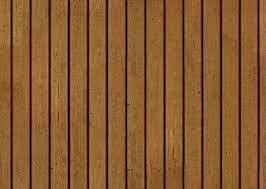
Wood Plank
Wood planks are an age-old drywall alternative, and certainly stood well the test of prolonged duration. It gives an elegant and rustic feel to the home without much bothering for maintenance issues as against traditional drywall.
Pros
- There is no need to maintain it apart from keeping them dry, once the plank has been hung, especially if planks are sealed with a light lacquer finish that can be easily wiped to remove the marker.
- Gives the flexibility of a lot of variety due to the different availability of woods and finishes.
- It is a cost-effective drywall alternative, especially suited to country-style homes.
- Wood planks covered from floor to ceiling can pull off a cabin aesthetic easily.
- Easy to install.
- Washable.
- Suitable for high moisture areas.
Cons
- Honestly, it is out of style in the 1990s.
- Wood plank walls won’t be the best fit unless the bottom half is covered and protective chair rails are installed.
Read More: What Is Gabion Wall | Gabion Retaining Wall | Gabion Basket Wall | Gabion Basket Retaining Wall | Gabion Wall Construction
2. Veneer Plaster
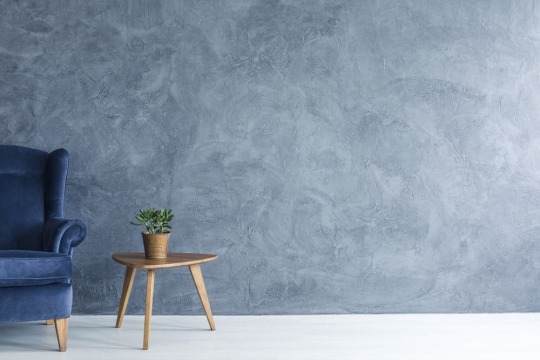
Veneer Plaster
Veneer plaster is almost like mudding the entire surface of the wall. It is very similar to the stucco that is used on the exterior of the house along with wire mesh of any type.
Usually, this style of décor is found in dry states(desert areas) like Arizona and Rajasthan possessing the influence of Mexican-style adobe architecture.
Pros
- Simpler to use than traditional drywall as it doesn’t require as many skills or tools as hanging traditional drywall does.
- Lighter
- Cost-effective
Cons
- Although it is not difficult practically it can take up the whole day to get the job done. So, it is proven to be the most laborious and time-consuming drywall alternative.
- Less durable
3. Lath & Plaster

Lath and Plaster
Lath is a narrow strip of wood installed horizontally between studs or ceiling joists. Lath & Plaster consists of plastering the lath.
This is similar to medieval-style (middle-aged architecture) wattle and daub (a material consisting of a network of interwoven sticks and twigs covered with mud or clay). Wood, hand-split timber, newer rock, or metal can be used as lath.
Pros
- Gives an elegant aesthetic due to its non-flat walls or curvy surface nature in the corner of the room, which isn’t possible in other methods except stucco.
- Plaster incorporating the horsehair gives a stronger and more visible texture to the surface.
Cons
- Can look great by adding some texture to the wall but it is out of favor due to advancements in plasterboard and drywall.
4. Plywood and Sheet Wood
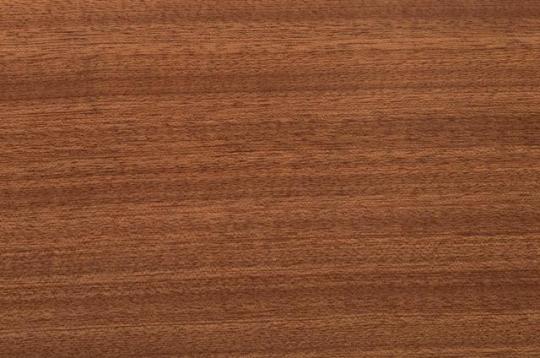
Plywood and Sheet Wood
Plywood and sheet wood, are fairly straightforward to work, and less complicated than drywall.
Pros
- The cheapest drywall alternative to drywall without taking on the expenses of wood planks, veneer, or drywall.
- When coupled with certain types of wall decoration especially surfaced sheet wood can pull off a deep country feel.
- Can be colored as per convenience.
- Lightweight and water-resistant.
Cons
- Unlike drywalls, certain types of plywood do not have the access to more features like hanging decorations and moving them.
- It is very hard to cover mistakes through screw or nail holes.
- Not fire-resistant.
5. Texture Wall Panels

Wall Texture Panel
Texture wall panels are nothing but marble itself, which adds a lot of elegance and beauty to the home. Earlier its generally seen in hotels and expensive cocktail lounges. It consists of 3D textured panels that are easy to install and can be placed right on top of your existing wall, possessing a thickness of 3/4” to 1.5”.
Pros
- Facilitate the different kinds of designs and colors, mimicking aged bricks as per one’s choice.
Cons
- Unique but expensive.
- Brick & Masonry
Read More: Precast Compound Wall Cost Calculator | Boundary Wall Construction Cost Calculator
6. Brick & Masonry
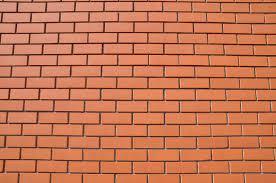
Brick Masonry
Stone or brick walls are the evergreen style of walls. Usually seen in suburban homes. It is also possible to have one brick wall along with three drywalls.
Pros
- Facilitates dynamic coloring depending on choices.
- Sustainable options that last without maintenance and cleaning except dusting.
Cons
- This is more expensive than all drywall alternatives and even costlier than drywall.
- Exposed Concrete Block
7. Exposed Concrete Block

Exposed Concrete Block
The exposed concrete block is a raw, untouched finish, which means leaving the structural surface of the wall as it is.
Its beauty lies in the incompletion, which can be painted to achieve a textured panel look. In combination with modern décors such as glass and black furniture and high ceiling will ultimately give an amazing look.
Moreover, the arrangement of room furniture, light in the room, etc governs its aesthetic.
Pros
- Attractive
- Strong
- Durable
- Fire-resistant
Cons
- Tougher to decorate the exposed concrete wall frequently.
- Holds dirt and water.
- Possess minimal insulation properties.
8. Cement Board

Cement Board
Cement board is similar to brutalist architecture as it possesses lots of right angles, flat surfaces, and concrete everywhere.
Pros
- Suitable in areas having high moisture.
- Use to visualize staircase pop.
Cons
- Price.
- If used on all four walls, it gives the feeling of a dystopian nightmare. So, it is recommended to use them for one wall out of four.
Read More: What Are Wall Texture | 10 Types of Wall Texture | Drywall Texture Types
9. Pegboard
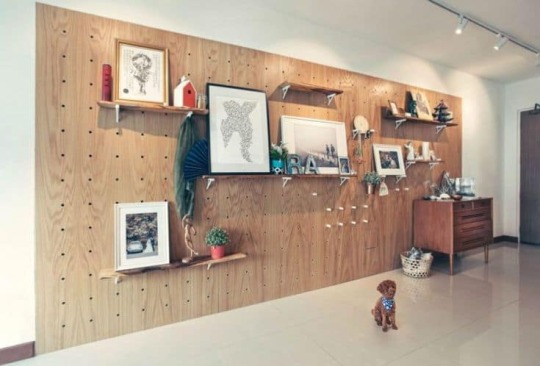
Pegboards
Pegboards are preferred in art rooms, hobby rooms, or garages.
Pros
- Easy to install, with the help of screws, that can be further painted of color same as of boards.
- Possesses lighting characteristics, i.e., the ability to double the brightness without installing any extra light fixtures.
- Facilitates the hanging of the heaviest as well as largest tools.
- Possesses the next level of strength, capable to support shelves.
Cons
- Huge weight can cause a meltdown and might fall off.
- Cork Board
10. Cork Board
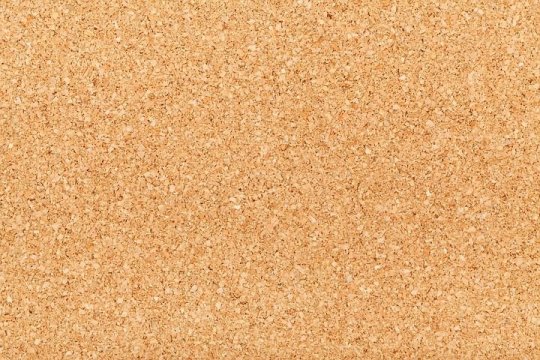
Corkboards Drywall Alternative
Corkboards are similar to pegboards with a limitation of incapability to support much weight.
Pros
- Facilitate a variety of choices due to hues of color, thickness, sizes of cork chip compressed, etc.
- Helps in scattering the light.
- Provide thermal and acoustic insulation.
- Fire and moisture resistance.
Cons
- Inadequate randomization of design across an entire wall.
- Capable to hang photos or thumbtack of lightweight.
- Not durable.
11. Wahoo Walls
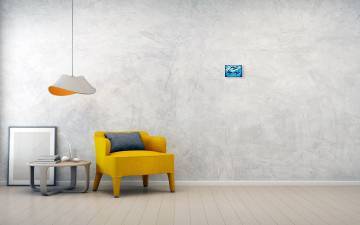
Wahoo Walls
Wahoo walls are meant for covering a cinderblock or concrete basement wall. It looks similar to drywall. So, It become one of the simple drywall alternatives on the market.
Pros
- Moisture resistant.
- No need to screw in the walls.
- Easily removable panels.
- Fast installation.
- Breathable walls and ceiling.
- Good R-value.
Cons
- Expensive.
- No DIY option.
- No flooring.
- The walls have seams.
- Reinforced Fiberglass & Gypsum Panels
Read More: What Is Skirting | 12 Types of Skirting | Skirting In Construction | Skirting Meaning | Skirting Wall Design
FAQs:
What is a DryWall?Drywall construction is a plasterboard or wallboard that consists of two paperboards that sandwich gypsum(a non-combustible, lighter, and cheap), a powdery white or gray sulfate mineral. What are the different types of Drywall alternatives?Plywood and Sheet Wood
Exposed Concrete Block
Wahoo Walls
Cork Board
Cement BoardWhat is an Exposed Concrete Block?The exposed concrete block is a raw, untouched finish, which means leaving the structural surface of the wall as it is. Its beauty lies in the incompletion, which can be painted to achieve a textured panel look.
You May Also Like
- What Is Gabion Wall | Gabion Retaining Wall | Gabion Basket Wall | Gabion Basket Retaining Wall | Gabion Wall Construction
- Precast Compound Wall Cost Calculator | Boundary Wall Construction Cost Calculator
- What Is Skirting | 12 Types of Skirting | Skirting In Construction | Skirting Meaning | Skirting Wall Design
- What Are Wall Texture | 10 Types of Wall Texture | Drywall Texture Types
Read the full article
#alternativestodrywall#alternativestodrywallceiling#basementwallideasnotdrywall#ceilingalternativestodrywall#cheapalternativestodrywall#cheapdrywallalternatives#drywallalternatives#drywallalternativesforbasement#drywalloptions#goodalternativestodrywall#interiorwalldrywallalternatives#sheetrockalternatives
0 notes